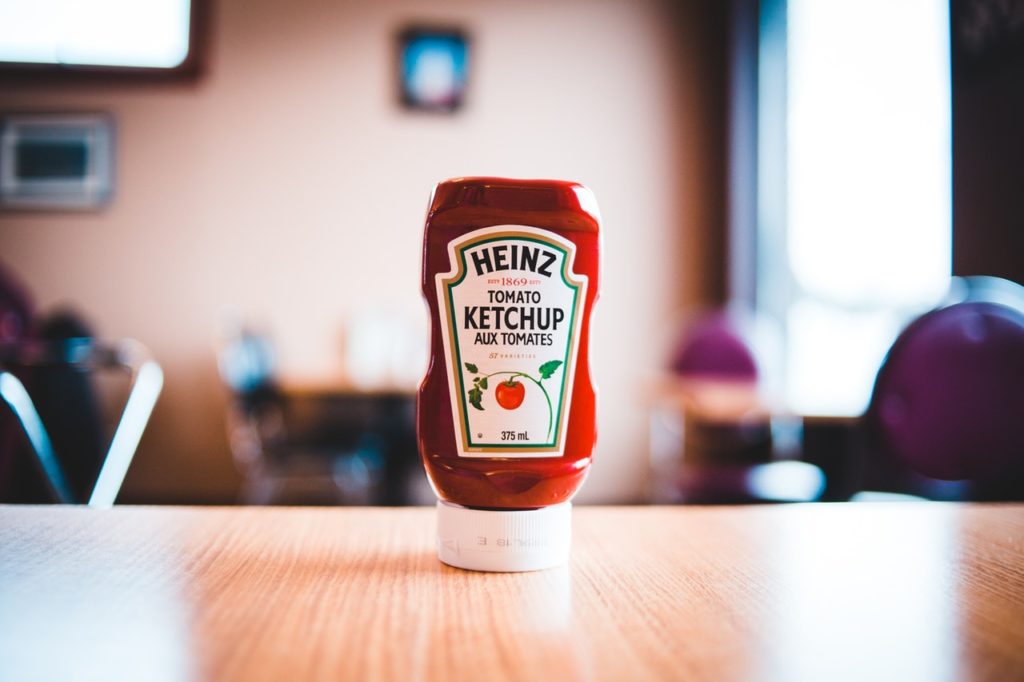I learned this today. Ketchup was created in the 17th century, but it wasn’t made of tomatoes.
Ketchup began in Asia. The word ketchup either comes from the Hokkien Chinese word “ke-tsiap”, which was a salty sauce made from fermented fish, or the Malay word “kicap”, which was soy sauce. Whatever the origin of the word, the salty sauce was carried along trade routes until it was taken to Britain by traders in the early 1700s.
The ketchups made in Britain tried to recreate that savory taste. They were made with mushrooms, walnuts, oysters, anchovies, and sometimes even plums and peaches. They were sometimes boiled down, like a jam, and sometimes left to ferment. The sauce was very salty, and sometimes spicy. From 1750 to 1850 in Britain, “ketchup” meant a thin, dark, savory sauce.
An oyster ketchup in the 1700s used 100 oysters, three pints of white wine, and lemon peel flavored with mace and cloves. I wouldn’t mind trying that.
Tomatoes weren’t a popular fruit (vegetable?) in Britain until the late 1700s. The tomato is native to South America and Spanish conquistador Herman Cortes was probably the first person to import tomatoes into Europe in 1521. They became popular in Spain and Italy, but when they came to Britain, people thought they were poisonous. They slowly became a food but didn’t really take off until about 1820. Many people still grew them for their appearance, rather than as a food.
In 1812, James Mease, a scientist in Philadelphia, came up with tomato ketchup. He didn’t use vinegar and the tomatoes would begin to rot in the jars. It was more of a tomato sauce than a ketchup and he used spices and brandy. He called tomatoes “love apples”. I think we should try to bring that name back.
Ketchup was usually made with unripe tomatoes and was watery and thin. To stop the tomatoes rotting in the jar, ketchup manufacturers used sodium benzoate, which can be harmful to people. Dr. Harvey W Wiley led a campaign to stop the use of sodium benzoate and Henry J Heinz stepped up. Heinz used ripe tomatoes which had more pectin and made a thicker sauce. He also used distilled vinegar, brown sugar, and salt, which preserved the tomatoes much more effectively. They also brought in glass bottles.
By 1905, Heinz was selling 5 million bottles of tomato ketchup a year. It spread all over the world and today Heinz sells 650 million bottles a year.
So, ketchup was originally a savory sauce usually made from mushrooms that tried to recreate the taste of fermented fish sauce or soy sauce from Asia. Tomato ketchup started in 1812 but wouldn’t have become popular if Henry Heinz hadn’t used ripe tomatoes and vinegar and sugar. And this is what I learned today.
Sources
https://en.wikipedia.org/wiki/Ketchup
https://www.nationalgeographic.com/culture/article/how-was-ketchup-invented
https://www.history.com/news/ketchup-surprising-ancient-history
https://en.wikipedia.org/wiki/Tomato

